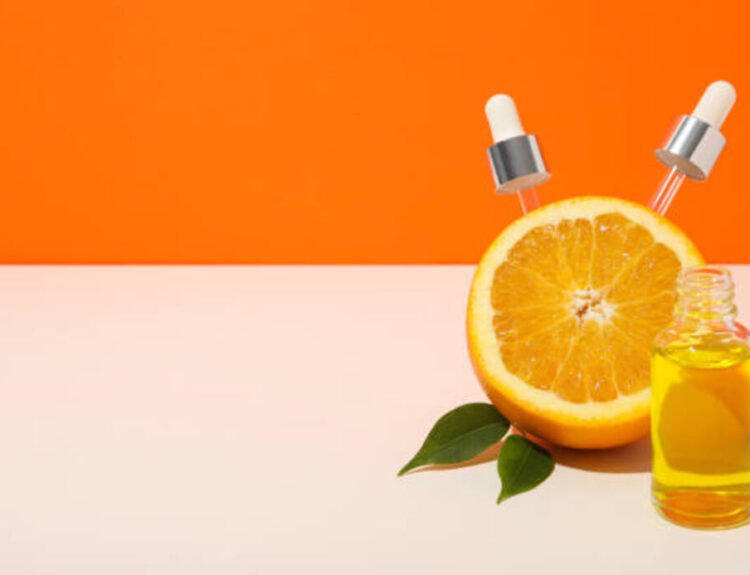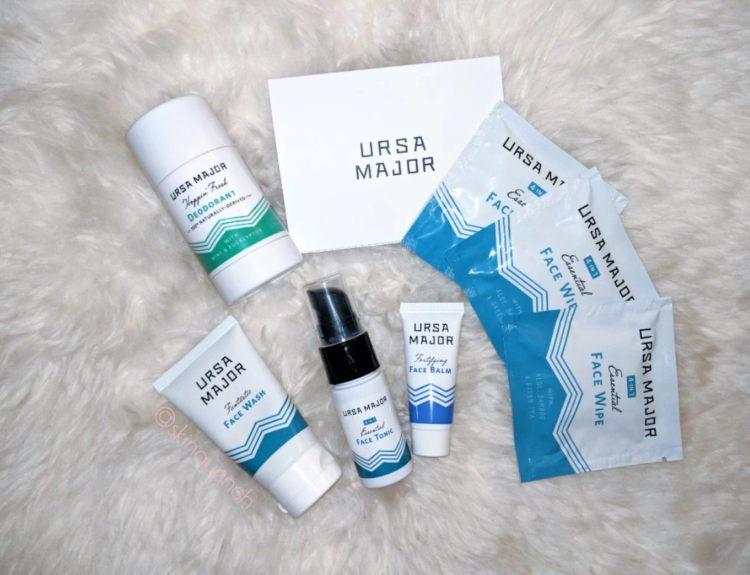Smooth, radiant skin is a universal goal, and in the ever-expanding world of skincare, retinol has become a household name. Touted as a miracle ingredient for everything from acne to aging, it’s often credited with giving the skin a smoother, more youthful appearance. But is retinol truly the key to long-term skin smoothing, or just another fleeting trend?
In this in-depth guide, we’ll explore the science behind retinol, how it affects skin texture, and whether it lives up to its long-term promises.
What Is Retinol?
Retinol is a derivative of vitamin A, a fat-soluble vitamin essential for skin regeneration and immune function. It belongs to the retinoid family, which includes both over-the-counter (OTC) and prescription-grade versions (such as tretinoin and adapalene).
When applied topically, retinol converts into retinoic acid, the active form responsible for its effects on the skin. This conversion stimulates cell turnover, promotes collagen production, and helps unclog pores—key factors in achieving smoother skin.
The Science Behind Retinol and Skin Smoothing
1. Increased Cell Turnover
One of the primary reasons retinol is considered a skin-smoothing powerhouse is its ability to accelerate cell turnover. This process helps remove the top layer of dead skin cells, revealing a fresher, more even-toned layer beneath. Over time, this can lead to:
- Smoother skin texture
- Fewer visible fine lines
- Reduced roughness and dullness
2. Collagen Production
Collagen is the protein that gives skin its structure, firmness, and elasticity. As we age, collagen production naturally declines, contributing to wrinkles and sagging skin. Retinol stimulates fibroblasts, the cells responsible for collagen synthesis, leading to firmer and smoother skin with continued use.
3. Reduction in Hyperpigmentation and Acne Scars
Uneven skin tone and residual acne marks often contribute to a bumpy or rough appearance. Retinol fades dark spots and post-inflammatory hyperpigmentation (PIH) by speeding up skin regeneration and evening out melanin distribution.
Retinol vs. Other Smoothing Ingredients
How does retinol stack up against other popular skin-smoothing agents?
| Ingredient | Skin Benefits | Long-Term Smoothing Potential |
| Retinol | Boosts collagen, fades spots, unclogs pores | High |
| AHAs (Glycolic Acid) | Exfoliates surface skin layers | Moderate |
| Niacinamide | Strengthens barrier, reduces inflammation | Supportive |
| Hyaluronic Acid | Hydrates and plumps | Temporary |
While AHAs and hydrating agents offer short-term smoothness, retinol uniquely works on both the surface and deeper layers of the skin, offering more long-lasting results.
What Skin Concerns Can Retinol Improve?
Retinol isn’t a one-trick pony. It’s known to benefit a wide range of skin issues that contribute to a rough or uneven appearance:
- Fine lines and wrinkles
- Acne and blackheads
- Sun-damaged skin
- Keratosis pilaris (KP)
- Mild scarring and texture irregularities
- Enlarged pores
By addressing multiple skin concerns simultaneously, retinol offers comprehensive smoothing benefits when used consistently.
How Long Does It Take to See Results?
Results vary by individual and product strength, but generally, retinol users can expect:
| Time Frame | Visible Effects |
| 2–4 weeks | Slight peeling, purging, or redness |
| 4–12 weeks | Improved skin tone and clarity |
| 3–6 months | Reduced wrinkles and smoother texture |
| 6+ months | Long-term collagen increase and firming |
Consistency is key. Retinol is a marathon, not a sprint. Many dermatologists suggest using it for at least 6 months to experience its full smoothing potential.
Tips for Using Retinol Effectively
To make the most of retinol and minimize irritation, follow these dermatologist-approved tips:
Start Low and Slow
Begin with a low concentration (0.25% to 0.5%) once or twice a week. Gradually increase frequency as your skin builds tolerance.
Apply on Dry Skin
Apply retinol to dry skin after cleansing to reduce the risk of irritation. Moisturize after applying retinol to maintain hydration.
Use Sunscreen Daily
Retinol makes your skin more sensitive to the sun. Always use a broad-spectrum SPF 30+ during the day to protect your progress.
Avoid Harsh Actives
Don’t mix retinol with benzoyl peroxide, AHAs, or vitamin C in the same routine. Alternate nights or use them at different times of the day.
Expect “Purging”
You may experience a temporary increase in breakouts or flaking in the first few weeks. This “purge” phase usually resolves on its own.
Who Should Avoid Retinol?
While retinol is effective, it’s not for everyone. You should avoid or consult a dermatologist before using retinol if you:
- Are pregnant or breastfeeding
- Have rosacea or eczema
- Have severely sensitive or compromised skin
- Are using prescription acne treatments already
There are gentler alternatives like bakuchiol (a plant-based retinol alternative) for those with sensitive skin.
Best Practices for Long-Term Use
Want retinol to remain your skin-smoothing hero for the long haul? Here’s how to sustain the benefits:
- Stick to a nighttime routine
- Don’t skip moisturizer
- Hydrate from the inside out
- Reassess your routine every 6–12 months
- Stay consistent and be patient
Final Thoughts
Yes—when used correctly and consistently, retinol can be one of the most effective ingredients for long-term skin smoothing. It works on multiple levels: promoting cell turnover, enhancing collagen, fading discoloration, and reducing acne.
While it may take time and effort to incorporate retinol into your routine properly, the payoff—a smoother, firmer, more radiant complexion—is worth the wait. As with any powerful active, education and moderation are your best friends.
Frequently Asked Questions (FAQs)
1. Can I use retinol daily?
Yes, once your skin has adjusted, most people can tolerate daily use. Start slow and increase gradually.
2. Should I stop using retinol if I experience peeling?
Mild peeling is normal in the beginning. Reduce frequency and moisturize well, but don’t stop unless irritation is severe.
3. Can teens use retinol for smoothing acne scars?
Yes, low-strength retinol can help teens with acne and scarring. Always patch test and consult a dermatologist.
4. Is prescription retinol better than OTC?
Prescription versions (like tretinoin) are stronger and often more effective but come with higher risk of irritation.








